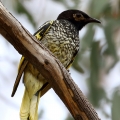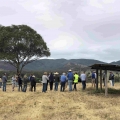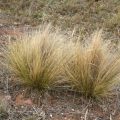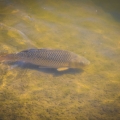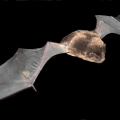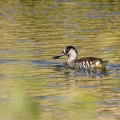Dung beetles are some of the most important critters in Mid-Western landscapes: Here’s why
Published 26th August 2022. Written by Maddison O’Brien
Did you know that Aussie livestock produces roughly 80 million tonnes of dung annually? Without Dung Beetles, this dung can take months to break down on the soil surface and interfere with grazing and plant growth. Dung beetles are quiet and mighty achievers, you may not even know you have them on your property, yet they are some of the most important critters in our landscapes, cycling nutrients and boosting soil fertility!
Don’t underestimate the power of dung beetles! They play a critical role in Australia’s grazing landscapes. By burying the dung of our livestock in tunnels up to a metre in depth, the soil nutrients are improved and made available for growing plants. The presence of Dung Beetles also benefits other soil life by aerating the soil, combating compaction and feeding microbes. It’s been shown that introducing Dung Beetles into a farmscape can boost pasture growth by up 30% over a two-year period.
Alongside the known pasture health benefits of having Dung Beetles in the ecosystem, the Beetle’s activities have been linked to reducing the spread of insect pests and parasites among livestock by removing the pest insect breeding sites!
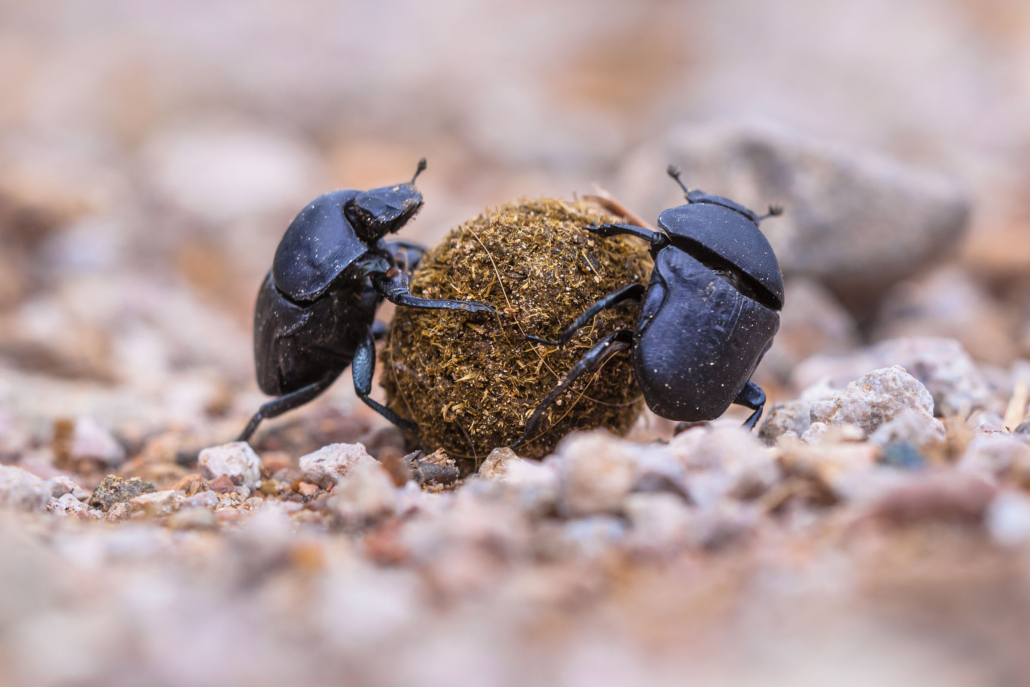
There are over 500 Australian native Dung Beetles that specialise in marsupial droppings. For our sheep and cattle, there are a myriad of introduced species that are now naturalised in many farm settings. Different species of Dung Beetles are active at varied times of the year, and it’s beneficial to have multiple species present in your paddocks to see Dung Beetle benefits across the different seasons.
As more is known about the importance of Dung Beetles, especially as it relates to soil health and soil carbon, there have been numerous breeding programs around Australia that have sought to boost Dung Beetle numbers and introduce new species where they were previously not recorded.
Take a closer look next time you are out on the paddock and see if you can see the signs of these ecosystem engineers. Identifying what kind of Dung Beetles you have in your place is a great place to start! If you think Dung Beetles are missing from your system, then introducing them into the landscape is recommended! Watershed Landcare can point you in the right direction. Get in touch if you would like to know more.




